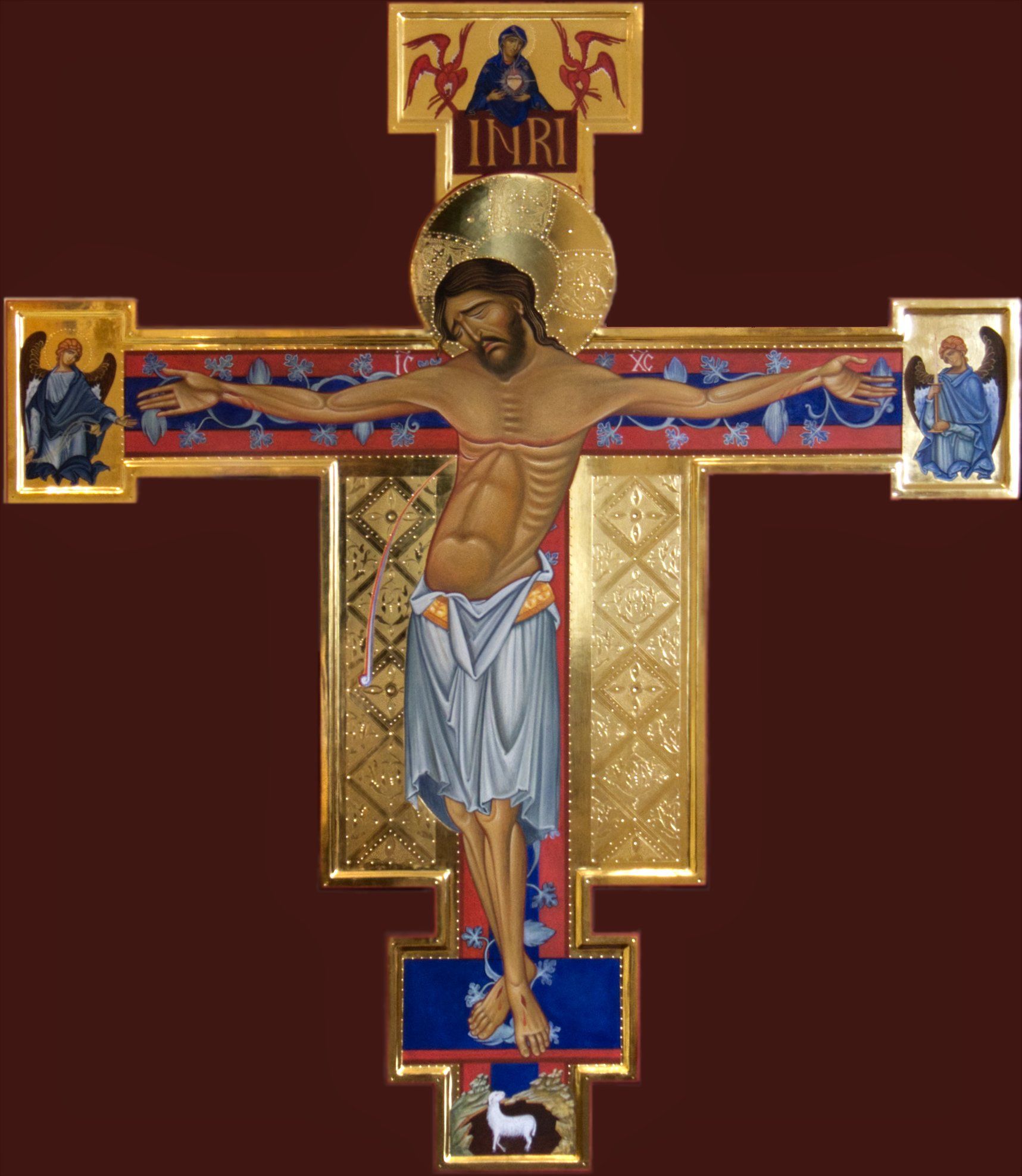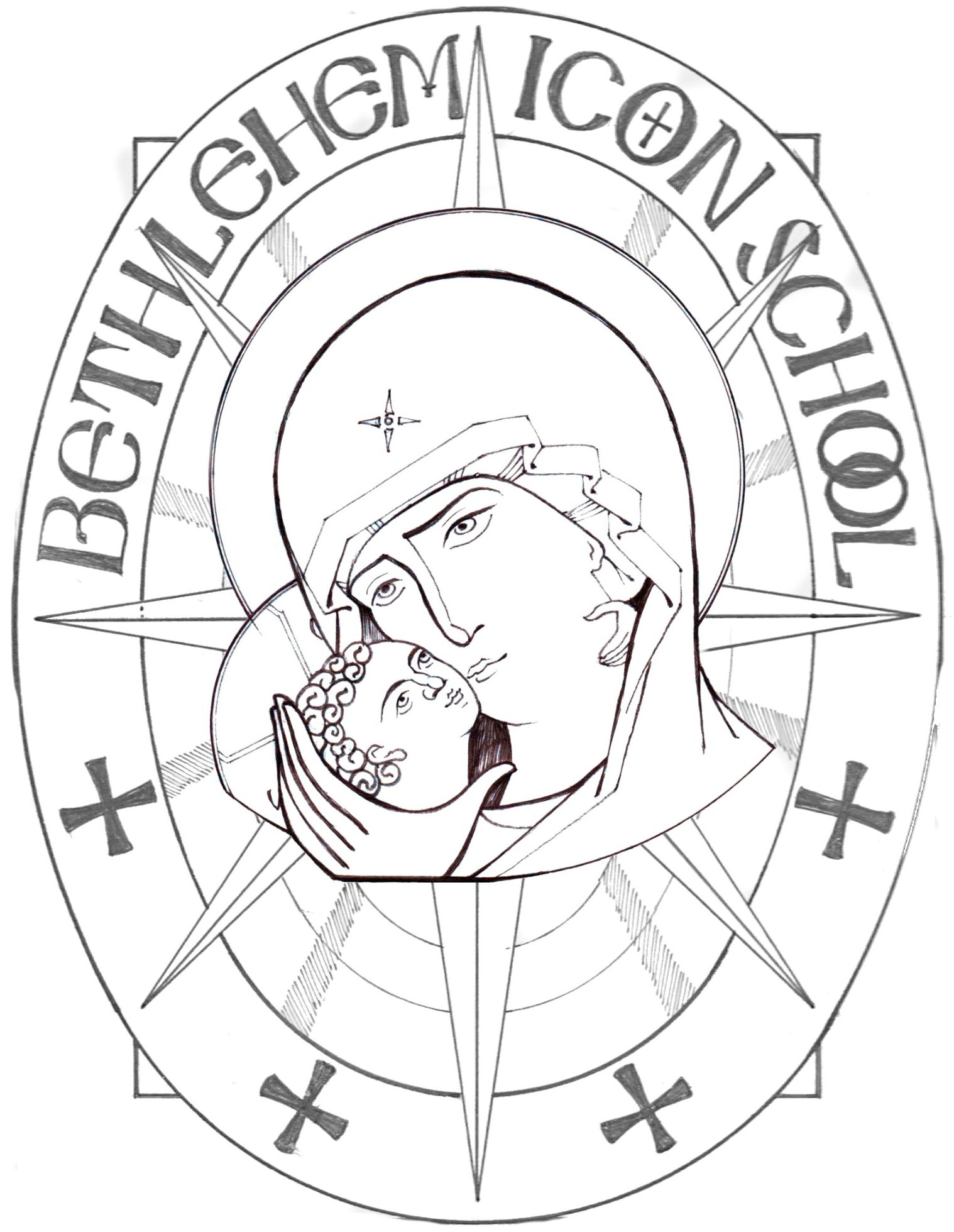Home for Holy Week
Ian Knowles • 4 April 2020
The world is in silence, our society under the shadow of suffering and death...

We might be shut inside and cut off from our churches but we are united with Christ and with the whole Church with an intensity rarely experienced as the whole world from the pope to the homeless, from the Prime Minister to nurses experience the threat of infection, isolation and the threat of infection. Across the world we share the same fear, the same solidarity, the same reality of death, and a very real awareness of how our communities from China to Tunisia are responding to the same situation. We are isolated and yet bonded.
Holy Week is an invitation offered each year for the whole Church community to enter once again into the Mystery of Our Lord’s life, death and resurrection, the Mystery of our salvation.
Salvation is offered to those who live under the shadow of death, which the psalmist tells us ‘I shall not fear’. The current epidemic brings home our mortality in the most brutal of ways. Our loved ones are dying, and most heartbreakingly, they die alone without even the hand of mother or father, spouse or partner to hold. No prayers at the bedside, no priest to anoint them. And they die from a form of slow drowning, unable to catch their breath, and knowing what is happening. Perhaps the saddest picture of this time is the 13 yr old boy dying in a hospital alone, without even his mother, and then buried alone as his siblings had also succumb to infection. Death’s sting is brutal, vicious, devastating.
And yet the Lord says, ‘do not be afraid, it is I’. The Christian Mystery is that God does not leave that boy or our grandmother or anyone alone in death, but has not only been there but remains there to hold us and guide us through the dark labyrinth of dying through to the gates of Paradise which He throws open in welcome. Even to the thief nailed on a cross next to Him Jesus said, ‘Today you will be with me in Paradise’. No one, however guilty and draped in shame, no one is excluded from those words, from being saved from the chill and loneliness of death and the threat of remaining excluded from Paradise. And that is as true today as it was 2000 years ago on the hill outside Jerusalem called Calvary.
Holy Week retells the long story of how God sought to bring us all to Paradise, to rescue us from damnation, of being shut away alone to rot in the tomb. This Mystery is something so deep that you can’t ever totally explain it, but rather it is best grasped as a story where the core meaning echoes through again and again, and which we can grasp at different times and stages of our lives.
Holy Week tells the story of our salvation, partly in myths as old almost as humanity itself, partly through historical events involving the peoples of the Middle East and especially the family of Abraham. Out of this family came the great figures of the Old Testament, Kings like David, and Prophets like Moses through whose lives and words God gave hints about what He planned to do to bring us all back to Him, to break the curse of death that hangs over us all and to fulfil the hope of love and life which remains in each and every human heart. The life and death of Jesus came as the culmination of these lives and messages.
Holy Week rehearses all of this story in one dramatic, prayerful re-entering. We don’t just read about it, hear about it as events long lost in the past but through a special form of prayer called The Liturgy find ourselves taken there to relive this story where we are not just recipients but participants. Its not just about hearing words and having ideas in our head, its about a lived experience in the here and now, something that touches us in our complete humanity, not just in our ears and minds. Its telling a story as a living action rather than something simply in a book. Its done in poetry and music, in art and symbol, in gesture and movement.
Our current situation
The coronavirus is unprecedented as something experienced globally. We are all aware of death as they happen from China to New York. Modern media exposes the raw emotions of staff and relatives of the dead. We walk through this epidemic with our eyes glued to the news, and our minds racing with the deluge of social media posts which range from the profound to the profane. We keep Holy Week in this context as well as that of being locked into our homes or working flat out as a key worker exposed to infection.
We are also incredibly blessed that we are in a time when mass communication is at its zenith, with the celebration of Mass being streamed live. We can log in to Mass with Pope Francis, or our local parish, or a million other venues at times of our choosing. However, we are only just thinking through the etiquette and theological and spiritual reality of this experience. As a result, we are largely being left to go it alone.
We also have the means to order supplies, even religious supplies, online. We have incredible access still to physical resources. The internet also gives us ready and immediate access to materials we can use, from images that can be printed out to prayers and reflections that can be shared.
We also have time. So many millions now shut up in their homes with ‘nothing to do’, and a world which is suddenly hushed from its business, its pollution, its distractions. No chance for going to a football match, or a nightclub or the pub, no coffee mornings or gym sessions. Our whole world is more silent and still, and is ecologically healing after being swamped in man-made pollution, and in this silence of time and space we have a chance to recover something of recollection and stillness. However, most of us are clueless about how to do this. We need some clear wisdom from our monastic traditions about how we can engage with this new emptiness, and how move from loneliness to solitude, as Henri Nouwen put it.
We should also, perhaps, be cautious about some alternatives for the use of this stillness such as yoga and the like which offer a very different philosophical and spiritual path which the Christian community has some long standing hesitations about endorsing. There are perhaps good things here, but we need guidance by those with real understanding of what we can learn and benefit from, but also where dangers and distractions can lie.
So, Holy Week presents us with the challenge to tell our salvation story and celebrate it in the context of a global experience of death and suffering, and with an acute deprivation of our sacred spaces but with many new tools and opportunities at our disposal. Our faith gives us a long tradition of engaging with silence and for spiritual growth through times of trial. All of this comes together in this Holy Week of 2020.
The situation is also one where our common future is being questioned. Life as we have known it is being torn up before our eyes. The economic fall out from this virus is unquantifiable, and the shape of the world order unknown. We have already had the environmental crisis played out across our cities, with the effects of global warming being experienced with devastating effect, and with demands for a radical change in lifestyle to enable the planet to breath and sustain human life. We are also aware of the massive advances in irradicating global poverty and bringing equality which has marked the past 30 years of international action being thrown in crisis as these other issues impact globally. We face a very uncertain future, and serious questions about the values which have shaped our lives over the past two centuries. This time of quiet is one where we can also begin to reflect more deeply on what shape we hope our world should take as we move forward from this crisis. Perhaps this time of pause is a gift from the Lord to enable us to do just that?
All of this we bring to this coming week. I have not the ability or the resources to respond to all of it, but I know that we, as the People of God, the followers of Christ do. The Holy Spirit has been poured out again and again upon those who in their desperation and brokeness find the grace to ask Him to come and raise us up, just as He raised up Jesus from death. This is the context of our celebration of Holy Week – not as a historical re-enactment but as a living encounter with today as the day of salvation. God’s love for us and the world and indeed his whole creation is not something restricted to a moment in the past but an enduring reality made know with blinding clarity on Easter morning.
Thus the re-telling of this story of salvation, framed by the Liturgies which the Church continues to celebrate through her priests, has the chance to be opened up in a profound way this year, a chance that will not come again in our lifetime. Let us rise to the challenge, let us open the Scriptures, let us create sacred spaces, thin spaces in our homes, let us gather online, let us pray, reflect and enter into the silence of this time, the silence of the tomb, and let our hearts seek to find the Lord there with the desire greater than our fear, the desire of the Lover and the Beloved, the one who cries out ‘I would stay in your temple all the days of my life’. Let us go deep, let us dig deep, let us tell the story of salvation, let us look death in the face with faith in the Lord who dying destroyed our death, and who entering the tomb brought hope to the world.





